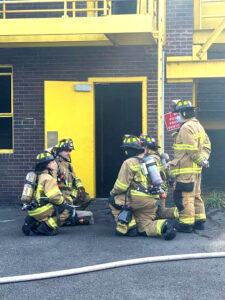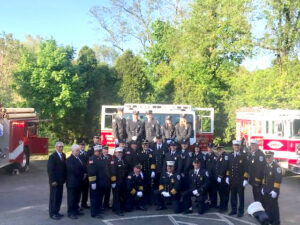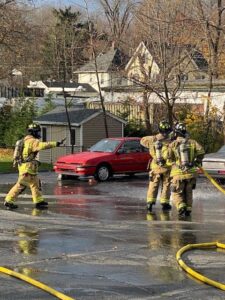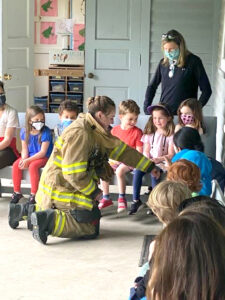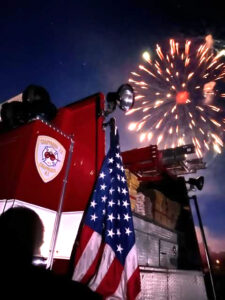
Will Korth, owner and founder of Korth & Shannahan Painting and Carpentry, started his career in the painting industry at the young age of 14. As a teenager, Will painted houses during his summer breaks from Horace Greeley High School. He started from the bottom of the ladder (literally) and climbed his way to the top of the company. Today, Will is the leader of a 40-person team of professional painters and carpenters that are dedicated to making Westchester a more beautiful place to live.
Founded in Family, Rooted in Westchester
For 44 years, the core values of Korth & Shannahan Painting have been founded in family. Today, owner Will is joined by his daughter Olivia Korth as she steps into the family business. Olivia is putting her Business Administration degree to use in her new role as the Director of Marketing & Recruitment for Korth Painting. Now the second generation to join her family business, Olivia finds her now role to be both challenging and exciting. This father-daughter team is tackling Westchester’s house painting industry head on.
Working with family surely comes with its benefits and challenges for this father-daughter duo. Will and Olivia both love working together every day and have become even closer than they were before Olivia came into the business. The pair certainly had to learn how to balance life and work as they navigate this new dynamic. In Olivia’s words, “We try not to ‘talk shop’ at home, or ‘talk family’ at the office. It’s all about balance.”
The perks of trusting a local and family-owned business are clear to Korth’s new and returning customers. When you call Korth & Shannahan to set up an estimate, Olivia is the one to pick up the phone. From there, she’ll send Will over to your home to provide an estimate for your project. There’s nothing better than working with a local family business.
Industry Leaders
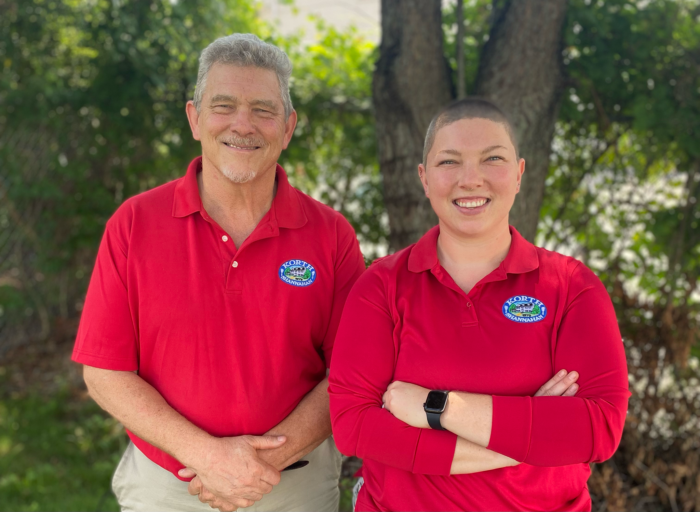
Over their 44 years in the House Painting industry, Korth Painting has adapted to become the industry leader in the Westchester area, all the while keeping their roots firmly grounded in their local history.
Will Korth and his team are deeply committed to providing the highest quality workmanship for their customers. As Will says: “Customer service drives the bus.” Their outstanding service and attention to detail results in many repeat customers and long-lasting client relationships. One of Will’s favorite parts of the job is seeing the long-time customers that he painted for when he was a teenager. More than 40 years later, his customers still trust him to handle their home’s painting and carpentry needs.
Some of the notable customers the Korth team paints for include the Clintons, Clive Davis, and the Zabar family. Will is also proud of the work he’s done for local organizations such as the New Castle Historical Society and the Bedford Presbyterian Church. “Painting the Horace Greeley House was certainly a feather in our cap,” notes Will, who’s painted some of Westchester’s most notable historical buildings over the years.
A family owned and operated business like Korth & Shannahan Painting understands what it means to be dynamic. They’ve pivoted through five decades of change and survived a global Pandemic, using every challenge they’ve faced as an opportunity to learn and change with the times.
“Our customers will always get a team I know and trained, which ultimately results in consistently happy customers” says Korth. From their original service area of Chappaqua, Korth has expanded his base to now serve Northern and Southern Westchester as well. Armonk, Bedford, Pound Ridge, Mount Kisco, Chappaqua, Scarsdale and Rye are where Korth sees many of his customers. Will also provides a four-year warranty on every job he completes, which is double the industry standard. The team at Korth Painting works hard to stay ahead of new color trends, provide in-person color consultations, train their painters on new paint products, and find the best methods of paint application – all in the name of phenomenal customer service.
To start your next project with Korth & Shannahan Painting, call 914-238-5388 or visit korthpainting.com.

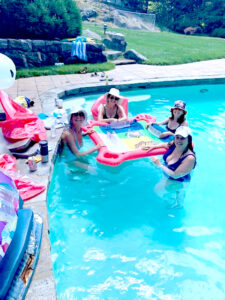

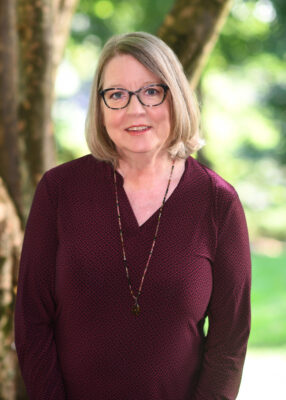
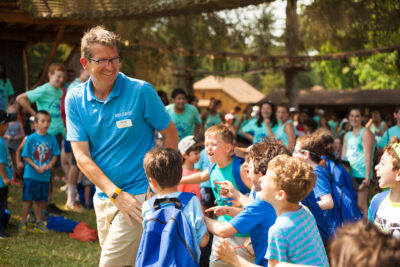 The Covid-19 pandemic has changed the world entirely. Across the globe, we saw people take initiative and ensure the safety of others with the use of masks, social distancing, and other protocols when the pandemic was still young. However, as time had passed and quarantine mandates began to lighten, there was a call to action for a safer sense of normalcy. Armonk, just like the rest of the world, faced the pandemic head on. Restaurants were only dining out, stores had limited space for consumers, and (almost) everyone wore masks. In a time of uncertainty, our town managed to come together and place the health and well-being of Armonkians above all else.
The Covid-19 pandemic has changed the world entirely. Across the globe, we saw people take initiative and ensure the safety of others with the use of masks, social distancing, and other protocols when the pandemic was still young. However, as time had passed and quarantine mandates began to lighten, there was a call to action for a safer sense of normalcy. Armonk, just like the rest of the world, faced the pandemic head on. Restaurants were only dining out, stores had limited space for consumers, and (almost) everyone wore masks. In a time of uncertainty, our town managed to come together and place the health and well-being of Armonkians above all else. 